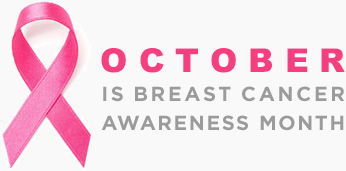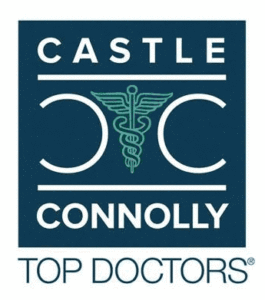COVID-19 and Your Mammography
COVID-19 and Your Mammography
At the onset of COVID-19, screening mammography was put on hold to decrease the spread of the virus. One consequence of this has been a substantial decrease in screening for cancer and a subsequent decline in the number of breast cancers diagnosed.
It’s time to resume your annual screening. At Connecticut Breast Imaging, we are prepared for your visit and to care for you in the safest and most compassionate manner.
- You will be prescreened over the phone for symptoms of COVID-19 and asked a few questions related to travel.
- At the time of your appointment, you will be escorted by a technologist to a private room and given a clean gown for your exam.
- Rest assured we have implemented robust cleaning protocols and that all equipment and surfaces are cleaned and disinfected after every patient examination.
- Our waiting rooms are not crowded and we practice social distancing.
- All staff, patients and physicians are expected to wear a face-mask that covers their nose and mouth.
- Frequent handwashing is practiced and sanitizer is available in every room.
If you have any questions or concerns about our policies, please contact us and we will be happy to address your questions.
COVID-19 Vaccines
As patients continue to receive the COVID-19 vaccine, we may note an increase in unilateral, axillary lymph nodes. In most patients, these changes in the setting of vaccination may represent benign reactive changes.
Here are a few things to consider:
- At the radiologist’s discretion, you may be called back for additional imaging. We may recommend short term follow-up in three months after careful work-up.
- If the lymph nodes remain after 3-6 months and there is concern for breast malignancy, sampling of one of the nodes may be suggested.
- Scheduling the mammogram after the vaccine:
- Following the recommendations issued by the Society of Breast Imaging, you may consider scheduling your routine screening studies prior to receiving the first dose of the vaccine or 4-6 weeks following the second dose.
- If you are calling for a diagnostic (you have symptoms such as a lump) appointment, you will be scheduled for the next available appointment regardless of vaccine status to avoid any potential delays in care.
When you arrive for your imaging, the technologists will document information about the vaccine you received.
- Technologists will ask you the following questions:
- Date of your vaccine (approximate)
- Vaccine manufacturer if known (Pfizer, Moderna, or Johnson & Johnson)
- Which arm you received the vaccine (right or left)
- Whether you’ve had the first dose, second dose or booster
For all diagnostic patients, findings will be discussed with you by the radiologist or technologist prior to your departure from our facility.





